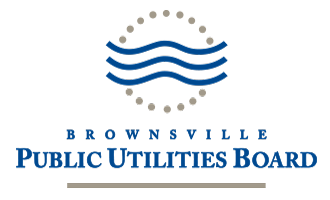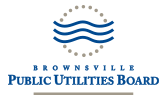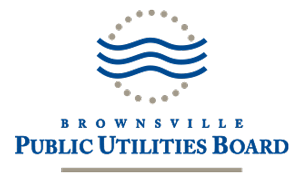Episode 1: Electricity Basics
[ Music ] [ A large title appears: “Electricity Basics”. A smaller title appears under it: “How does electricity…get to my lights?” ]
>> I want to know, how does…
>> electricity…
>> get to my lights?
[ Five kids gather around a colorful model of a town. One boy carries in a portable studio light and sets it up nearby. ]
>> Whatcha doing?
>> We’re trying to figure out how the lights turn on.
>> With the switch?
>> Ha, very funny, Julie.
[ A flashing message appears: “movie set” ]
>> We’re trying to find out how the electricity gets to here and turns on the light for our movie set.
>> Oh.
>> You know, I can show you how it gets here. You’re not the only one who’s smart around here, McKenzie, so pay attention. I don’t want you to miss my one moment when I knew something that you didn’t. Here we go. Electricity is produced at a power plant. Power plants can make electricity in different ways, by harnessing the energy from moving water, sunshine, heat from the earth, wind, uranium, or fossil fuels.
[ A message appears: “Fossil Fuels = Oil, Coal, Natural Gas ]
>> Once it’s been created, the electricity gets pushed out of the power plant through large transmission lines and towers. Transmission towers carry very high-power electricity to substations, where the strength of electricity is reduced so it won’t blow up your house when it gets there. You never want to go into a substation, or climb a transmission tower either.
>> Yeah. You’d be toast.
>> Well, really, no one should be touching electricity of any kind. That’s really dangerous.
>> From the substation, electricity will travel on the overhead or underground power lines to your home, your school, where your parents work-all these places get their power from your substation.
>> So how does electricity know where it’s going?
[ Flashing yellow arrows depict electricity travelling along power lines in a closed loop that includes a power plant, a transmission tower, a substation, a utility pole, and a home. ]
>> All electricity travels in a closed path called a circuit. It will continue to travel this path as long as something doesn’t interrupt it.
>> Electricity always tries to get to the earth. It’s called grounding.
>> That’s right. So if you touch a live circuit, the electricity will travel to the ground.
>> Right through you?
>> Yep, right through you!
>> So if you touch electricity with a part of your body or a ladder or a tool you’re holding, then you will conduct electricity to the ground and be seriously hurt, or even killed.
[ A man touches a power line with a ladder. Electricity flows through him to the ground. The universal NO sign appears with a message: “Stay at least 10 feet away from all power lines!” ]
>> And obviously by touching any of these highly charged electrical things…
[ A transmission tower, a substation, a pad-mounted transformer, and a utility pole-mounted transformer appear with universal NO signs flashing on them. ]
>> You’d be toast!
>> It’s really amazing that such an easy action like turning on the lights, takes so much work.
>> No kidding, huh.
[ The word “Electricity” appears. ]
>> So now we’ve learned…
>> where it comes from….
>> how it gets here…
>> and why it’s so important to use it safely.
[ Music ] [ Culver logo and “copyright 2009 Culver Media, LLC” appear, followed by credits.]



